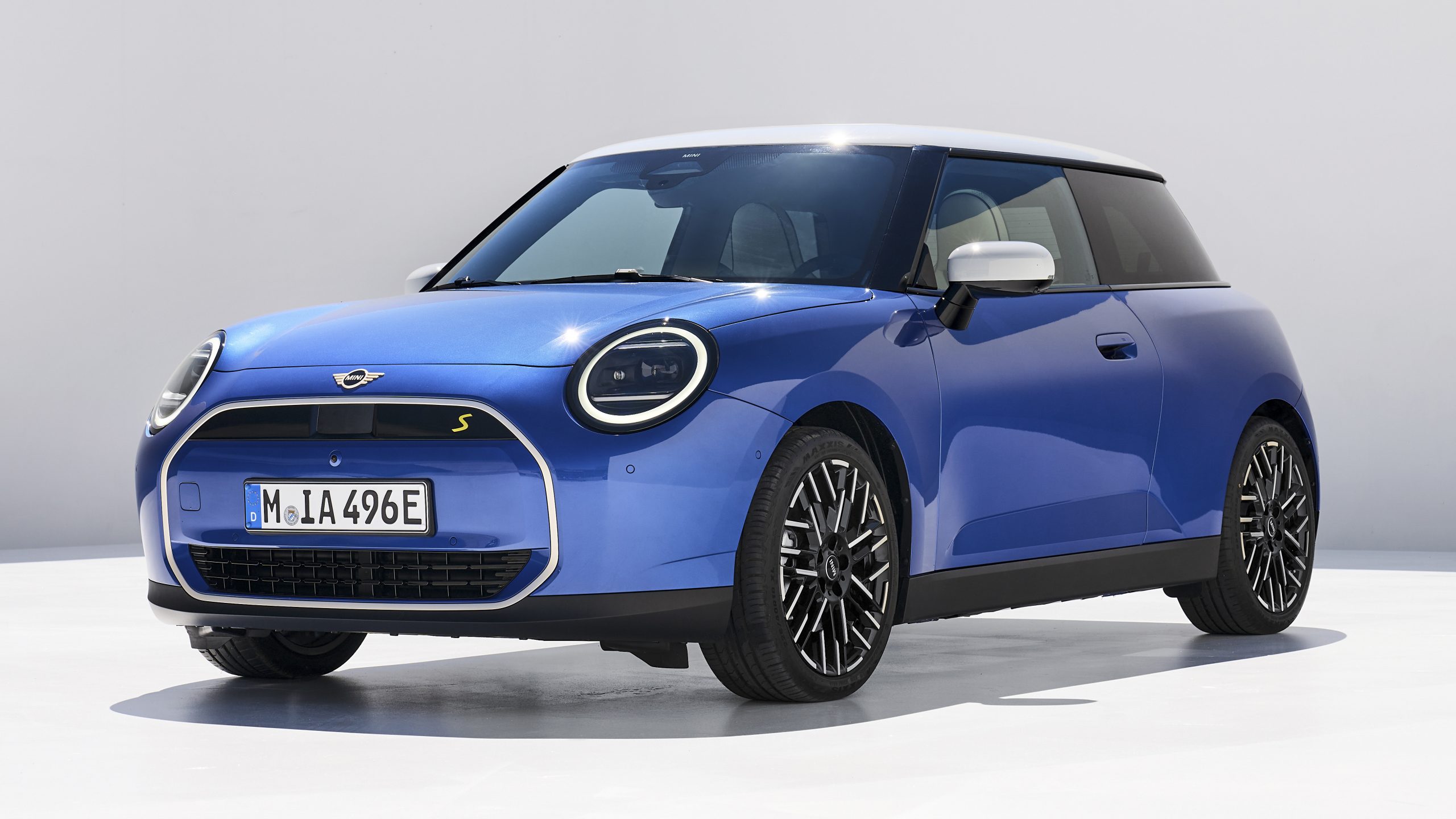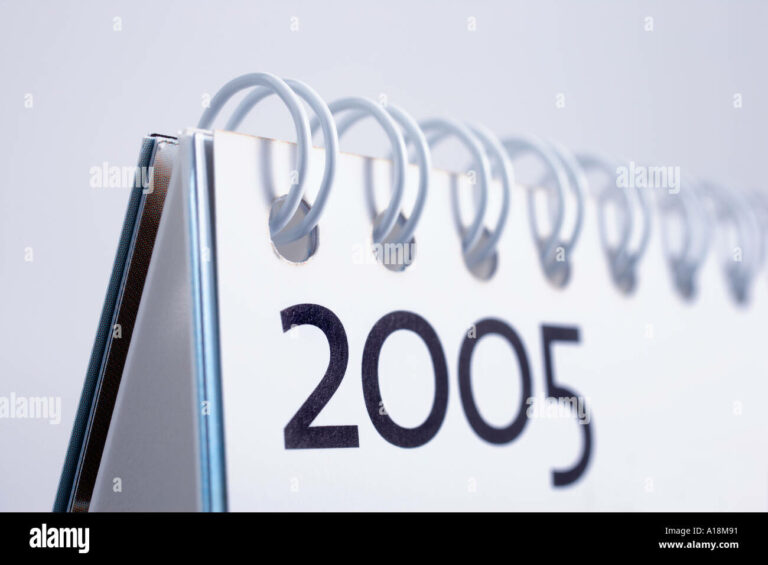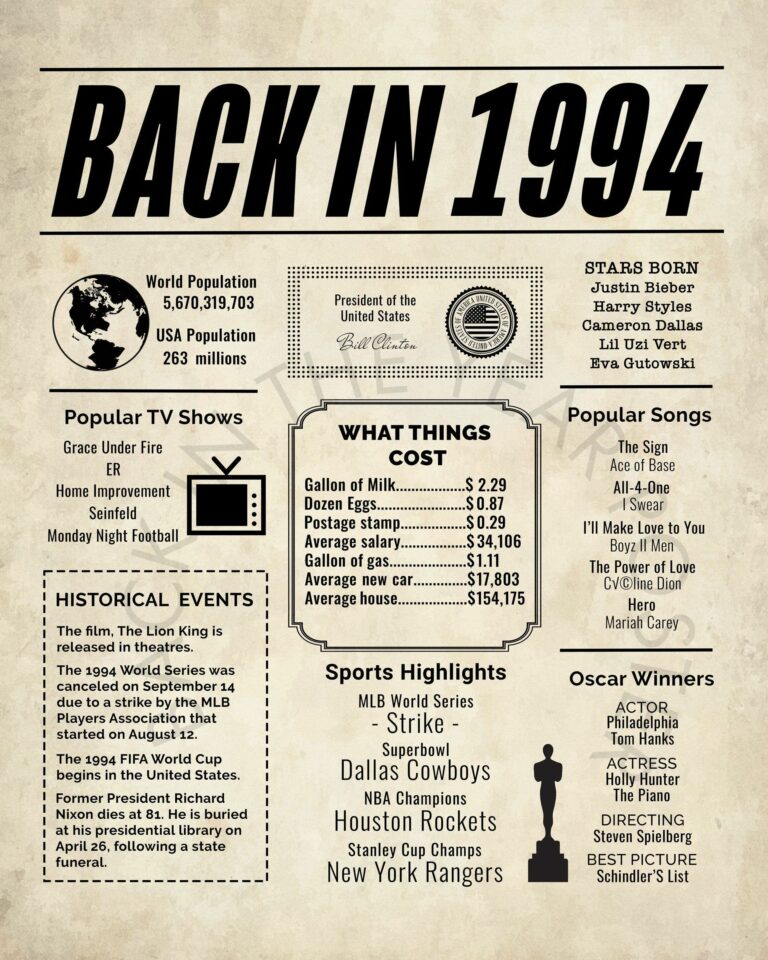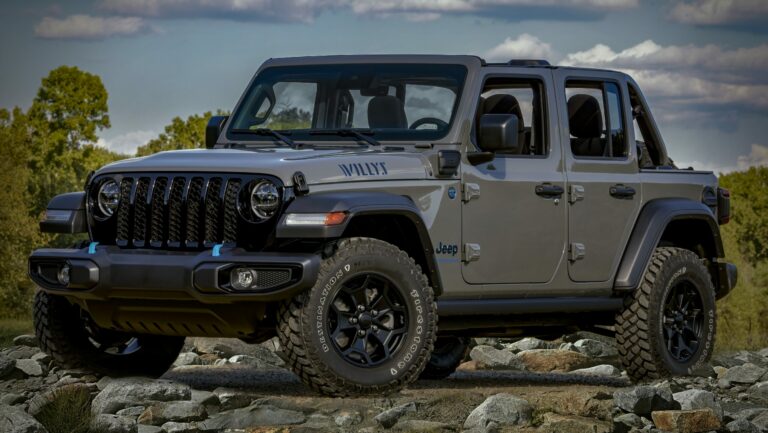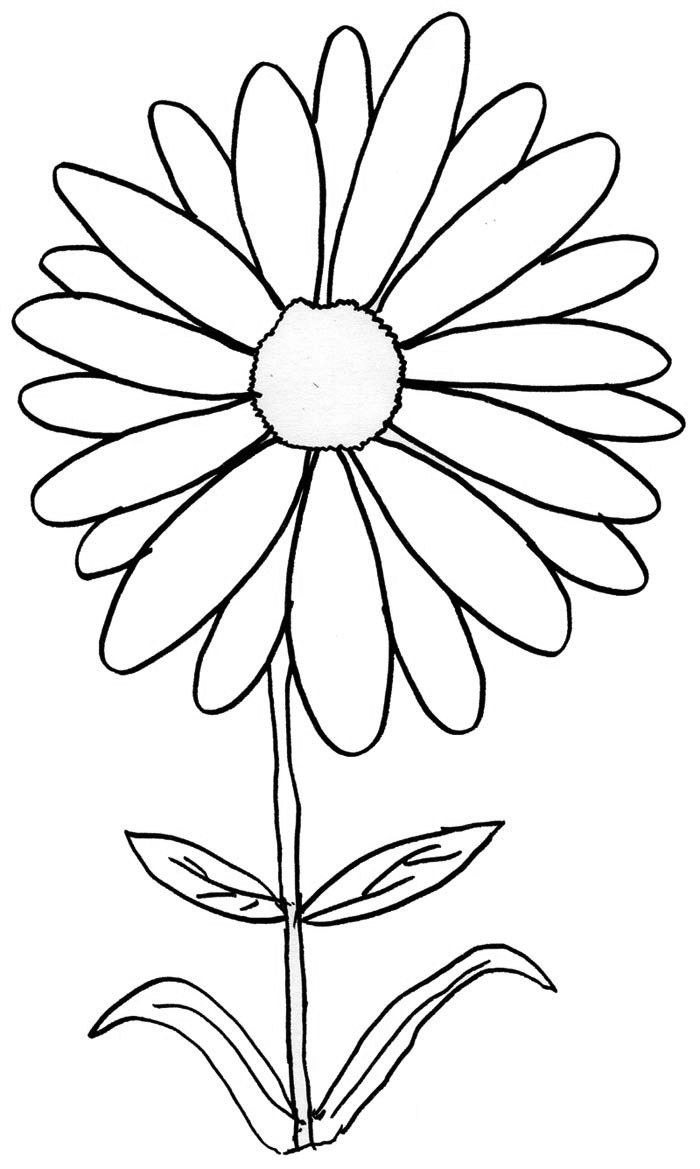Mini Jeep Kit For Sale: Your Gateway to Off-Road Adventure and DIY Mastery
Mini Jeep Kit For Sale: Your Gateway to Off-Road Adventure and DIY Mastery jeeps.truckstrend.com
The allure of a rugged, go-anywhere vehicle is undeniable, but for many, a full-sized Jeep might be impractical or out of reach. Enter the Mini Jeep Kit For Sale – a burgeoning market that offers enthusiasts, hobbyists, and curious minds the unique opportunity to build their own scaled-down off-road marvel. Far more than just a toy, these kits provide an engaging blend of mechanical education, creative customization, and the sheer joy of piloting a vehicle you’ve brought to life with your own hands.
This comprehensive guide will delve into everything you need to know about mini jeep kits, from understanding what they entail to the exciting journey of assembly, helping you navigate the options available and embark on your very own mini-adventure.
Mini Jeep Kit For Sale: Your Gateway to Off-Road Adventure and DIY Mastery
What Exactly is a Mini Jeep Kit?
A Mini Jeep Kit is a collection of components, parts, and sometimes raw materials, designed to be assembled into a functional, miniature replica of a full-sized Jeep or similar off-road vehicle. Unlike pre-assembled mini jeeps that come ready to drive, kits offer the builder an immersive, hands-on experience.
Typically, a kit will include:
- Chassis/Frame: The foundational skeleton, often made of steel tubing, forming the structural base of the vehicle.
- Body Panels: Usually fiberglass, plastic, or sometimes metal, designed to mimic the iconic look of a Jeep, such as the classic WWII Willys or modern Wrangler.
- Suspension Components: A-arms, shocks, springs, and sometimes leaf springs, enabling the vehicle to handle uneven terrain.
- Steering System: Components like steering wheel, column, tie rods, and sometimes a rack-and-pinion setup.
- Braking System: Discs or drums, calipers, master cylinder, and lines for stopping power.
- Wheels and Tires: Smaller, but robust, off-road specific tires.
- Hardware: All the necessary nuts, bolts, washers, and fasteners.

What’s often not included in basic kits, and is a crucial consideration, are the powertrain components – the engine, transmission (often a centrifugal clutch or torque converter), and drive axle. These are usually sourced separately by the builder, allowing for greater customization in terms of power and performance. Some premium or more complete kits, however, might offer powertrain options or recommendations.
Why Choose a Mini Jeep Kit Over a Pre-Built Unit?
The decision to purchase a kit rather than a ready-to-drive mini jeep is driven by several compelling advantages:
- Educational Value: Building a mini jeep from scratch is an unparalleled learning experience. It exposes you to fundamental principles of mechanics, engineering, electrical systems, and problem-solving. For parents, it’s an excellent way to introduce children (under supervision) to practical skills and the joy of creation.
- Customization and Personalization: Kits offer a blank canvas. You have the freedom to choose your engine, paint scheme, accessories, lighting, and even modify the chassis or body to create a truly unique vehicle that reflects your vision. Pre-built units offer limited customization options.
- Cost-Effectiveness: While not always the case, a kit can often be more economical than a fully assembled mini jeep, especially if you’re resourceful in sourcing components like engines (e.g., from an old go-kart or lawnmower). The labor is yours, saving on manufacturing costs.
- Sense of Accomplishment: There’s immense pride and satisfaction in seeing a pile of parts transform into a functional, driving machine through your own effort. This "build-it-yourself" satisfaction is a core appeal.
- Quality Control and Understanding: By assembling each component, you gain an intimate understanding of how your mini jeep works and the quality of each part. This makes future maintenance and troubleshooting much easier.
Types and Categories of Mini Jeep Kits
The market for mini jeep kits is diverse, catering to different preferences, skill levels, and budgets. Understanding the categories can help you narrow down your search:
- Scale Models: Kits are typically available in various scales, most commonly 1/2 scale (roughly half the size of a full Jeep) or 3/4 scale. Larger scales offer more space for bigger engines and components, while smaller ones are more compact and potentially easier to store.
- Engine Types:
- Gas-Powered Kits: These are the most common, designed to accommodate small internal combustion engines (5HP to 15HP+), often from reputable brands like Honda GX or Predator. They offer more power, longer run times, and a traditional engine sound.
- Electric-Powered Kits: Less common but growing in popularity, these kits are designed for electric motors and battery packs. They offer quiet operation, zero emissions, and often simpler maintenance. Ideal for indoor use or noise-sensitive areas.
- Complexity Levels:
- Beginner-Friendly Kits: These kits feature pre-fabricated, bolt-together frames and minimal welding or complex fabrication. Instructions are usually very detailed.
- Advanced/Builder Kits: Some kits might require welding, cutting, or more advanced mechanical skills. These are often preferred by experienced fabricators looking for a greater challenge or more unique designs.
- Replication Styles: Many kits are designed to replicate specific iconic Jeep models, such as the WWII Willys MB, the CJ series, or even modern Wrangler JLs. Others might offer a more generic "mini off-roader" design.
- Material Types: Chassis are almost always steel, but body panels can vary from durable ABS plastic to more detailed fiberglass or even sheet metal for truly custom builds.
Key Components to Look For in a Kit
When evaluating a mini jeep kit for sale, pay close attention to the following components:
- Chassis/Frame: Is it robust? Does it require welding or is it bolt-together? What gauge steel is used? A strong frame is paramount for safety and durability.
- Body Panels: What material are they? How detailed is the molding? Is painting required, or do they come in a specific color? Look for good fit and finish.
- Suspension System: Does it include independent suspension or a solid axle? Are the shocks adjustable or of good quality? Better suspension means a smoother ride and better off-road capability.
- Steering System: Is it responsive and safe? Rack and pinion systems are generally preferred for precision.
- Braking System: Disc brakes are superior to drum brakes for stopping power and consistency, especially for gas-powered models. Ensure the system is complete and robust.
- Wheels and Tires: Are they appropriate for the terrain you plan to use the mini jeep on (e.g., knobby tires for off-road)? Are the rims sturdy?
- Assembly Instructions: This is crucial. Look for kits with clear, detailed, step-by-step instructions, diagrams, and perhaps even video tutorials.
- Hardware: Ensure all necessary nuts, bolts, and fasteners are included and are of good quality.
- Support: Does the manufacturer offer customer support for assembly questions or missing parts?
The Buying Process: Where to Find Mini Jeep Kits for Sale
Mini jeep kits are not typically found in your local department store. Here are the primary avenues for finding them:
- Specialized Kit Car Manufacturers/Websites: Many companies specialize in mini vehicle kits, often with a focus on specific scales or replica styles. These are often the most reliable sources, offering comprehensive kits and support. Examples might include companies found through searching "mini jeep kit manufacturers" online.
- Online Marketplaces: Websites like eBay, Alibaba, or even Amazon might list kits, especially from international sellers. Exercise caution here: thoroughly vet the seller, read reviews, and understand shipping costs and potential customs duties. Quality can vary wildly.
- Hobbyist Forums and Community Groups: Online forums dedicated to mini vehicles, go-karts, or kit cars can be excellent resources. You might find individuals selling used kits, custom builds, or offering advice on where to source components.
- Direct from Fabricators: Some smaller, independent fabricators might offer custom or limited-run kits. These can be unique but might require more direct communication and verification of their capabilities.
Tips for Buying:
- Research the Seller: Look for reviews, testimonials, and their history.
- Read the Kit Description Carefully: Understand exactly what is and isn’t included.
- Ask Questions: Don’t hesitate to contact the seller with any queries about the kit, assembly, or parts.
- Consider Shipping Costs: Larger kits can be expensive to ship, especially internationally.
- Warranty/Return Policy: Understand the seller’s policy in case of issues or missing parts.
Assembling Your Mini Jeep Kit: A Step-by-Step Guide (General Overview)
Building a mini jeep is a rewarding project, but it requires patience and attention to detail. While specific steps vary by kit, here’s a general progression:
- Preparation: Clear a dedicated workspace. Gather all necessary tools (wrenches, sockets, drills, measuring tape, safety glasses, gloves, potentially a welder if required). Unpack and inventory all parts against the kit’s manifest. Read the entire instruction manual thoroughly before starting.
- Frame Assembly: This is the foundation. If it’s a bolt-together frame, carefully align and secure all sections. If welding is required, ensure you have the skills or seek professional help. Double-check all measurements.
- Suspension and Axles: Mount the front and rear axles, A-arms, leaf springs, and shock absorbers according to instructions. Ensure all pivot points are lubricated and tightened correctly.
- Engine and Drivetrain Installation: If the engine is separate, mount it securely to the frame. Install the clutch/torque converter and connect it to the drive axle (often via a chain or belt). Ensure proper alignment.
- Steering and Braking Systems: Install the steering column, wheel, and linkage. Mount the brake calipers/drums, master cylinder, and run the brake lines. Bleed the brake system once connected. These are critical safety systems, so take extra care.
- Body Work: Attach the body panels to the frame. This might involve bolting, riveting, or bonding. If painting, prepare the surfaces (sanding, priming) and apply your chosen finish.
- Wiring and Accessories: Install the wiring harness for lights (headlights, tail lights), ignition, and any gauges or switches. Mount the seat(s), seatbelts, and any other accessories like a roll bar or windshield.
- Final Checks and Testing: Before the first start, double-check every nut and bolt for tightness. Check fluid levels (engine oil, brake fluid). Ensure all moving parts operate smoothly. Perform a slow, controlled test run in a safe, open area, checking steering, braking, and engine response.
Important Considerations Before Purchase and During Build
- Budget Beyond the Kit: Remember that the kit price is just one part of the equation. Factor in the cost of an engine (if not included), tools you might need to buy, paint, safety gear, and potential unforeseen parts or upgrades.
- Skill Level Assessment: Be realistic about your mechanical and fabrication skills. If you’re a complete novice, opt for a simpler, bolt-together kit and be prepared to learn.
- Tools Required: Basic hand tools are a must. For more advanced kits, you might need a welder, angle grinder, air compressor, and specialized automotive tools.
- Workspace: You’ll need a dry, well-lit, and spacious area to work in, ideally a garage or workshop.
- Time Commitment: Building a mini jeep is a project, not an afternoon task. Depending on the kit’s complexity and your experience, it can take anywhere from a few weekends to several months.
- Safety First: Always prioritize safety during the build and operation. Wear appropriate personal protective equipment (PPE) like safety glasses, gloves, and ear protection. Once built, ensure the vehicle has a kill switch, reliable brakes, and consider a roll bar and seatbelts.
- Local Regulations: Mini jeeps are typically not street legal. They are generally intended for off-road use on private property, dedicated trails, or recreational parks. Check local laws regarding mini vehicles.
- Maintenance: Like any vehicle, your mini jeep will require regular maintenance (oil changes, chain lubrication, brake checks, tire pressure) to ensure longevity and safe operation.
Mini Jeep Kit Price Guide
Prices for Mini Jeep Kits can vary significantly based on scale, completeness, materials, and manufacturer reputation. The table below provides a general estimate.
| Kit Type/Scale | Engine Type Recommended | Included Components (Typical) | Estimated Price Range (USD) | Ideal Skill Level |
|---|---|---|---|---|
| Basic 1/2 Scale | Gas (5-8HP) | Chassis, basic body, steering, axles, wheels (no engine/brakes) | $800 – $1,500 | Beginner |
| Standard 1/2 Scale | Gas (8-13HP) | Chassis, detailed body, basic suspension, steering, brakes | $1,500 – $3,000 | Intermediate |
| Premium 3/4 Scale | Gas (13-18HP) | Robust chassis, high-quality body, advanced suspension, full brakes, sometimes engine mounting hardware | $3,000 – $6,000 | Intermediate/Advanced |
| Electric Mini Jeep | Electric Motor | Chassis, body, suspension, steering, brakes, motor mount, battery tray | $2,500 – $5,000+ | Intermediate |
| Custom/Fabricator Kits | Variable | Often chassis/body only, highly customizable | $2,000 – $8,000+ | Advanced |
Note: These prices are for the kit itself and do not typically include the engine, transmission, specific tools, paint, or shipping costs. Total project cost can easily be 30-50% higher than the kit price.
Practical Advice and Actionable Insights
- Start Simple: If you’re new to building, choose a kit marketed as "beginner-friendly" with clear instructions and minimal fabrication required.
- Join the Community: Seek out online forums, Facebook groups, or local clubs dedicated to mini vehicles or go-karts. These communities are invaluable for advice, troubleshooting, and sourcing parts.
- Don’t Skimp on Safety: Always invest in good quality braking components, sturdy steering parts, and a reliable kill switch. A roll bar and seatbelts are highly recommended.
- Document Your Build: Take photos and videos throughout the process. It’s a great way to track progress, look back on your work, and potentially help others if you share your experience online.
- Plan Your Engine: Before buying the kit, decide what kind of engine you want (gas or electric) and research compatible options. This will influence your budget and performance expectations.
- Consider Resale Value: A well-built, well-maintained mini jeep can hold its value, especially if it’s a popular replica model.
Frequently Asked Questions (FAQ)
Q1: How long does it typically take to build a mini jeep from a kit?
A1: This varies greatly depending on the kit’s complexity and your skill level. A basic bolt-together kit might take 40-80 hours of focused work, spread over several weekends. More advanced kits or those requiring extensive fabrication could take 100+ hours.
Q2: Do I need special tools to assemble a mini jeep kit?
A2: Most kits require standard mechanic’s tools (wrenches, sockets, screwdrivers, drills, measuring tape). However, some advanced kits might necessitate a welder, angle grinder, or other specialized fabrication tools. Always check the kit’s instructions for a detailed tool list.
Q3: Can a mini jeep built from a kit be driven on public roads?
A3: Almost universally, no. Mini jeeps are considered off-highway vehicles (OHVs) and are not street legal. They lack the safety features, lighting, and registration requirements for public road use. They are intended for private property, off-road parks, or designated recreational areas.
Q4: What age is a mini jeep suitable for?
A4: While children can certainly enjoy riding in them, the responsibility of operating a gas-powered mini jeep typically requires a mature teenager or adult due to the power, weight, and operational complexities. Smaller, slower electric models might be suitable for supervised younger children. Always prioritize safety gear like helmets and seatbelts.
Q5: Are spare parts readily available for mini jeep kits?
A5: For common components like engines (e.g., Honda GX clones), tires, and standard go-kart parts, yes. For specific body panels or unique chassis parts, you might need to order directly from the kit manufacturer or a specialized fabricator.
Q6: What’s the main difference between a go-kart and a mini jeep?
A6: While both are recreational vehicles, a go-kart is typically a low-slung, simple frame designed for speed on flat surfaces. A mini jeep, conversely, is designed to mimic a full-sized Jeep, often with more robust suspension, higher ground clearance, and a focus on off-road capability and aesthetic realism.
Conclusion
Embarking on the journey of building a mini jeep from a kit is more than just acquiring a new toy; it’s an investment in a rewarding hobby, a hands-on education, and a unique way to experience the thrill of off-road adventure. From the meticulous assembly of components to the exhilarating first drive of a vehicle you’ve personally crafted, the sense of accomplishment is profound. By carefully considering the various kit types, understanding the build process, and prioritizing safety, you can unlock a world of DIY mastery and create a miniature marvel that will provide countless hours of fun and pride. The "Mini Jeep Kit For Sale" market is waiting to turn your garage into a workshop and your dreams into a driving reality.
